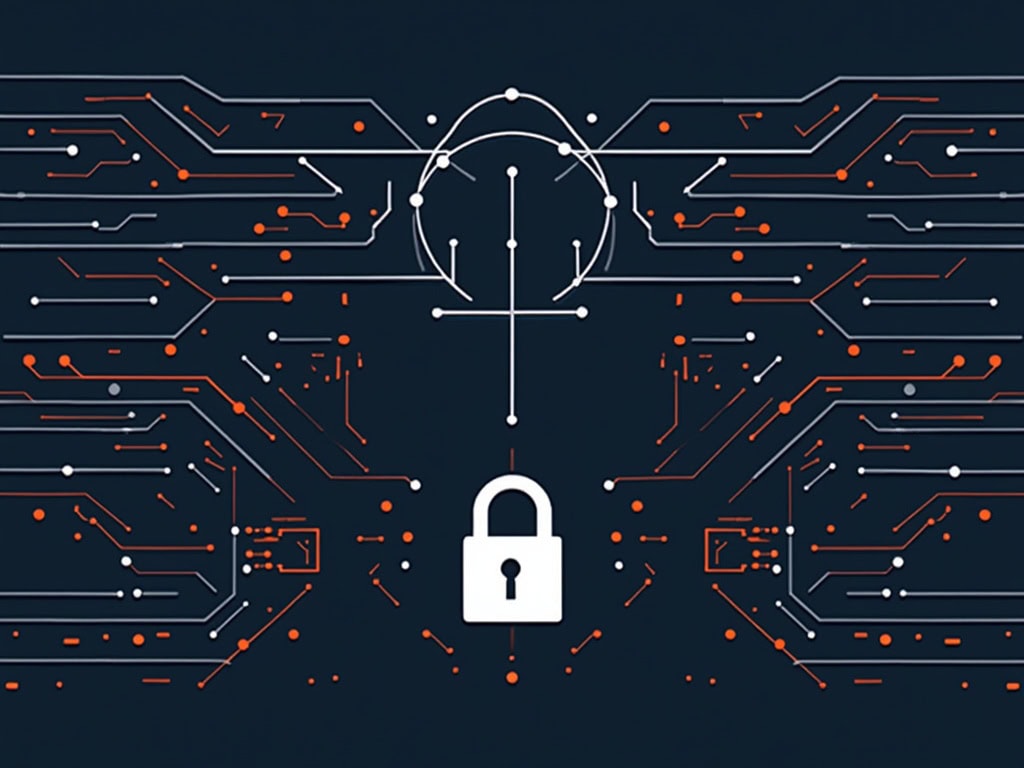US Cybersecurity: Addressing 136% Surge in Nation-State Cyberattacks Amid Evolving Threats

US Faces Dramatic Surge in Nation-State Cyberattacks with 136% Increase
A new report from Trellix reveals an alarming 136% increase in advanced persistent threats (APTs) targeting the United States during Q1 2025, highlighting the critical importance of maintaining robust cybersecurity measures in modern business environments.
The comprehensive analysis, covering October 2024 through March 2025, shows China-affiliated groups responsible for 47% of APT detections, while Russian-linked entities accounted for 35% of attacks against U.S. targets. According to the National Security Agency's Cybersecurity Advisory, these sophisticated attacks represent an unprecedented escalation in nation-state cyber operations.
Chinese Threat Actors Dominate Cyber Landscape
Chinese state-sponsored groups have significantly evolved their tactical approach, moving away from conventional phishing methods toward sophisticated zero-day vulnerability exploits. Two Chinese groups, APT40 and Mustang Panda, emerged as the dominant forces, accounting for 46% of all detected APT activity.
The China-aligned APT41 group showed particular aggression, with activity levels soaring 113% compared to the previous quarter. This dramatic increase signals a strategic shift in Chinese cyber operations targeting U.S. interests. Organizations must focus on implementing essential cybersecurity measures for business protection.
Critical Infrastructure Under Siege
Government institutions bore the brunt of malicious cyber activity, but other sectors saw substantial increases in targeting:
- Telecommunications industry experienced a 92% rise in APT attacks
- Technology sector witnessed a 119% surge in APT-related detections
- Transportation and shipping faced concentrated attacks, with 55% of APT29 activity focusing on these sectors
Russian-affiliated APT29, also known as Midnight Blizzard, ranked as the third most active threat group, directing 40% of its operations against telecommunications infrastructure. As threats continue to evolve, strengthening organizational cybersecurity defenses becomes paramount.
Enhanced Security Measures
Organizations should prioritize:
- Zero-day vulnerability patching and monitoring
- Enhanced security protocols for critical infrastructure
- Implementation of continuous monitoring systems
- Advanced threat detection capabilities
- Regular security awareness training for staff
Impact Assessment and Response
The findings emphasize the necessity for:
- Comprehensive risk assessments
- Incident response planning
- Cross-sector collaboration
- Investment in cybersecurity technologies
- Regular security audits and updates
The findings highlight the critical need for enhanced cybersecurity measures across U.S. organizations, particularly those in high-risk sectors. With nation-state actors increasingly targeting critical infrastructure, organizations must adapt their security strategies to address these evolving threats.

